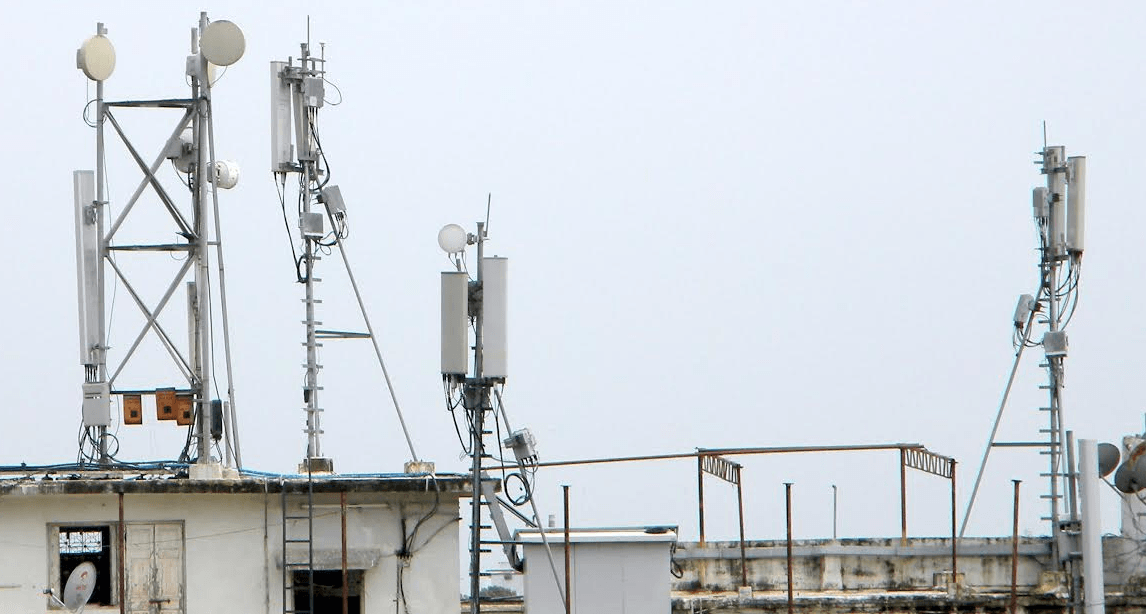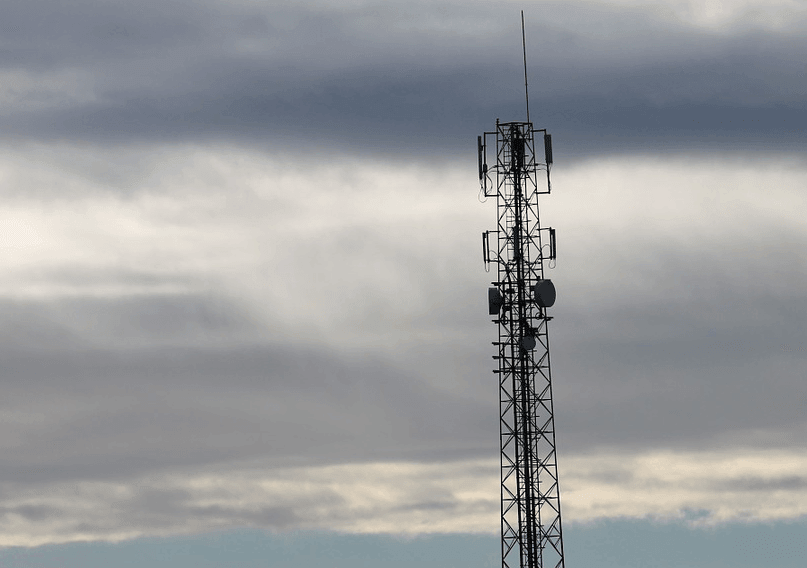Tower and Infrastructure Providers Association (TAIPA) has raised its voice against the recent GST announcement of 18 percent tax levy for telecommunications services. The organisation says that the move will impact the consumer at large.
The association which manages the infrastructure of Bharti Airtel and the other main TSP’s says that the non-availability of Input tax credit (CENVAT credit) (under the Plant and Machinery) to tower infrastructure business will lead to a tremendous impact on the cost of services and billing by IP-1 to Telecom Service Providers (TSPs), which will either be passed to consumers or it will further add on to the massive debt of TSPs due to the hyper-competitive market.

Furthermore, this step will impact infrastructure rollout in semi-urban areas and rural areas, a region which has already lagged behind in connectivity either due to inadequate infrastructure or unviable business model.
The Indian Telecommunication Infrastructure Industry has always supported and overwhelmed GST regime as it helps the industry to bring in a synergy between various departments, taxations and will ultimately enable the ease of doing business by creating ‘one nation-one tax.'
Telecommunication in India has emerged as a key driver of economic and social development in an increasingly knowledge-intensive global scenario. The Indian telecom sector has undergone a revolutionary transition in the last two decades to become the World’s second largest telecommunication market with more than 1.1 billion subscribers connected through 4,50,000 towers mounted with over 15 lakh BTSs. As per the government report, the mobile sector’s contribution to GDP is presently 6.5 percent and will increase to 8.2 percent by 2020.
In a nutshell, the telecommunication towers are the backbone of telecommunication services in India. To create such a robust telecom infrastructure that can offer 3G, 4G and high-speed broadband to match the pace of the developing nation India, the tower industry has invested more than 2 lakh 50 thousand crores. Moreover, the sector has been Recognised by the Government of India. However, there are no such benefits that have been extended to the sector so far now.
Most importantly, the visionary initiative of honourable Prime Minister Narendra Modi such as Digital India, Smart Cities, E-Governance services and connecting the bottom of pyramid depends on the availability of critical telecom infrastructure.
Most importantly, the visionary initiative of honourable Prime Minister Narendra Modi such as Digital India, Smart Cities, E-Governance services and connecting the bottom of pyramid depends on the availability of critical telecom infrastructure.
It is worth highlighting that the sector, further requires massive investment for in-building solutions, fibre and small cell deployment, etc. in order to create a robust telecom infrastructure to keep pace with technological advancements such as 5G, virtual reality, IoT and artificial intelligence.
On the development, Mr Tilak Raj Dua, Director General, TAIPA said “The prime objective of the Government to introduce GST was to ensure that there is no cascading of taxes. Higher tax rate and non-availability to input tax credit defeat the whole purpose of Honourable Prime Minister’s vision of “One Nation, One Market, One Law. In some discussions with government, we have stated the impact of such non-inclusion and higher tax rates which will further affect the overall financial health of the telecommunication industry.”

Further, Mr Dua added “Needless to mention; mobile towers are the bedrock of visionary initiatives such as Digital India, Smart City and forthcoming advance technologies such as IoT, 5G, and virtual reality, etc. Hence, a higher tax rate of 18 percent and non-availability of input tax credit will lead to more burden on the overall telecom sector ultimately impacting the tower infrastructure roll out and thereby advance technologies too.”















